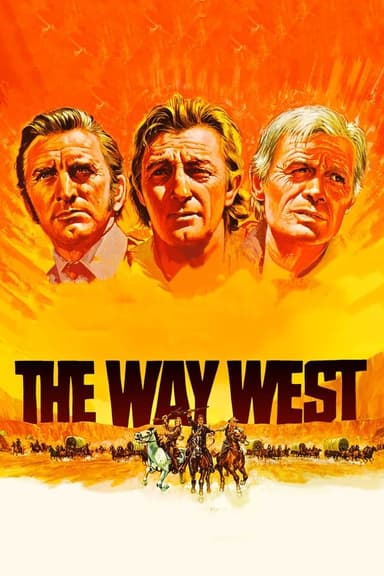
The Far Horizons
1955 • Drama, History, Western
Virginia, 1803. After the United States of America acquires the inmense Louisiana territory from France, a great expedition, led by William Lewis and Meriwether Clark, is sent to survey the new lands and go where no white man has gone before.
Runtime: 1h 48m
Why you should read the novels
Before watching The Far Horizons (1955), experience the Lewis and Clark Expedition where it truly lives: on the page. The Journals of Lewis and Clark capture daily discoveries, negotiations, dangers, and triumphs in the explorers’ own words, offering unmatched historical accuracy and vivid detail.
Complement the primary accounts with influential early narratives that shaped American memory of the expedition. Eva Emery Dye’s The Conquest and Della Gould Emmons’s Sacajawea of the Shoshones popularized key legends surrounding Sacagawea, letting you compare myth-making with the facts and understand how later retellings (including the film) took shape.
For a clear, engaging synthesis, John Bakeless’s Lewis and Clark: Partners in Discovery weaves the journals into a cohesive story filled with context, maps, and interpretation. Reading these books delivers deeper insight, cultural nuance, and real voices that no cinematic shortcut can match.
Adaptation differences
The Far Horizons invents a central romance between William Clark and Sacagawea that does not appear in The Journals of Lewis and Clark. The journals depict Sacagawea as a young Shoshone woman, wife of interpreter Toussaint Charbonneau and mother to Jean Baptiste, who served primarily as interpreter and cultural mediator. While books like The Conquest helped popularize her legend, reputable sources do not support a romantic relationship with either captain.
Characterization is simplified in the film compared with the book. The journals and solid histories (e.g., Bakeless’s Partners in Discovery) show a balanced leadership between Lewis and Clark, careful scientific observation, and complex diplomacy with Native nations. The movie reduces Charbonneau to a comic foil and downplays York’s contributions, whereas the written record acknowledges York’s vital roles in labor, hunting, and relations with tribes.
The timeline and geography are compressed for spectacle. The Far Horizons condenses the arduous Great Falls portage, the winter at Fort Mandan, and the Pacific coast decision-making into streamlined set pieces. In contrast, the journals carefully record distances, supplies, injuries, and votes (notably including the opinions of Sacagawea and York regarding winter quarters near the Pacific), details largely minimized or omitted on screen.
Cultural portrayal differs markedly. The film often homogenizes Shoshone, Mandan-Hidatsa, and Nez Perce clothing, languages, and protocols, while The Journals of Lewis and Clark describe distinct customs, trade practices, and negotiations. Reading the primary accounts and early histories restores the expedition’s intricate interactions and reveals a diverse Indigenous world that a mid-century Hollywood adventure could not faithfully present.
The Far Horizons inspired from
Lewis and Clark: Partners in Discovery
by John Bakeless
The Journals of Lewis and Clark
by Meriwether Lewis, William Clark
The Conquest: The True Story of Lewis and Clark
by Eva Emery Dye
Sacajawea of the Shoshones
by Della Gould Emmons








